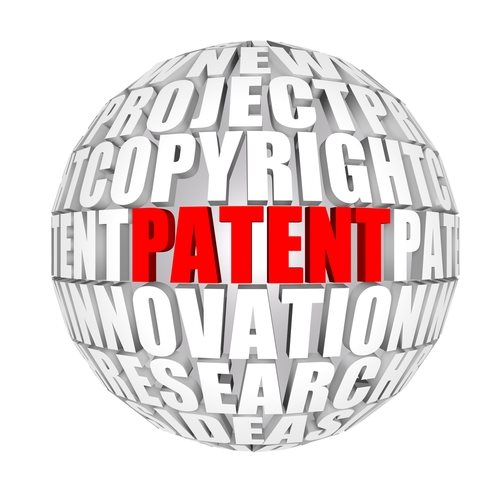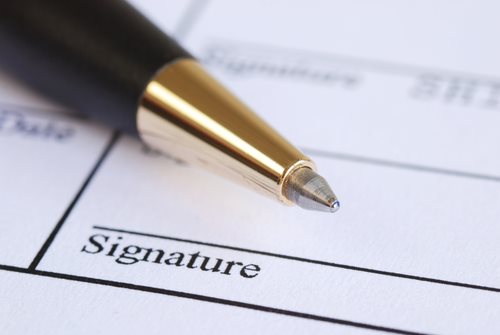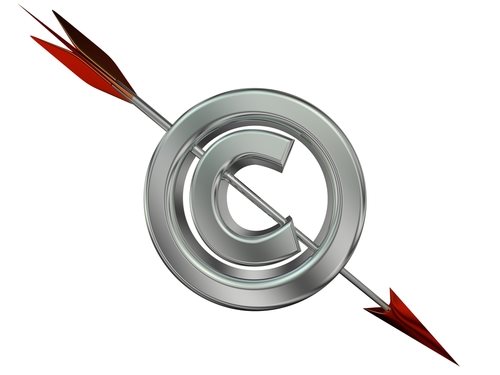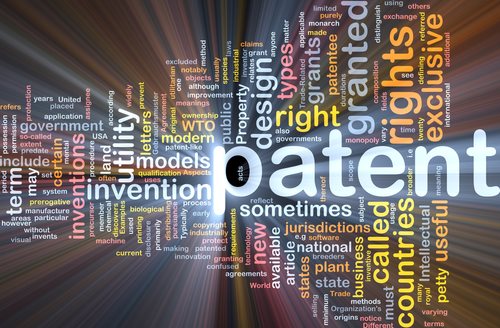The European Patent Office




 What is a Patent and who issues them?
What is a Patent and who issues them?
A patent is an exclusive right granted by a state, particularly a national government, to an inventor or assignee, for a limited amount of time in exchange for a public disclosure of an invention or idea.
The procedure for issuing patents, the requirements placed on the holder of the patent and the extent to which the exclusivity rights protect the invention or idea will vary widely between countries based on particular national law and international agreement. In most cases, a patent application will include one or more claims to define the invention; to obtain a patent, the idea or invention must be new, useful, non-obvious or industrially applicable.
A patent offers the creator of a particular invention or idea the exclusive right to prevent others from making, using, distributing or selling the patented invention without permission. A patent is simply, a right to prevent other manufacturers, individuals or producers from using or infringing upon the underling invention or idea.
Patents are regulated under the World Trade Organization’s Agreement on Trade-Related Aspects of Intellectual Property Rights; this organization will make patents available to WTO member states for any inventions or ideas relating to all fields of technology. The terms attached to such patents will offer exclusive rights to holders for a minimum of twenty years; however, different types of patents may have varying terms attached to the exclusivity of the underlying patent.
In the United States, the USTPO (United States Trademark Patent Office) is the governmental organization responsible for issuing patents and administering the patent application. All inventors and creators of novel or useful products must submit a patent application with the United States Trademark Patent Office in order to obtain a legal patent. The United States Patent and Trademark Office works with the Japan PTO and the European PTO to make up the trilateral patent-issuing organization.
What is a Patent Application and how do I complete one?
A patent application is a formal request delivered to a patent office for the grant of a patent for an invention described and claimed by the underlying patent application. A patent application consists of a description of the underlying invention (known as a patent specification), combined with official forms and correspondence relating to the patent application. In addition to the tangible document, a patent application also refers to the process of applying for a patent or for the patent specification itself—meaning the content latent in the document filed with a view to begins the process of applying for a patent.
In order to obtain a patent, an individual, must file a patent application at a patent office with jurisdiction to grant a patent in the distinct geographic area over which coverage is appropriate. In most instances, this will be a national patent office, but could also take the form of a regional body. When the patent specification complies with the laws of the appropriate office, a patent may be issued for the invention described and claimed by the specification.
The process of arguing or negotiating with a patent office for the issue of a patent, as well as general interaction with a patent office with regard to a grant is known as patent prosecution. This formal engagement with a patent office is unique from patent litigation which more closely related to legal proceedings for infringement of a patent once it is granted.


The invention must be of patentable subject matter, meaning it is eligible for patent productionThe invention must be novel or at least some aspect of the invention must be nowThe invention must be non-obvious or must involve an inventive stepThe invention must be useful or susceptible to industrial application.



